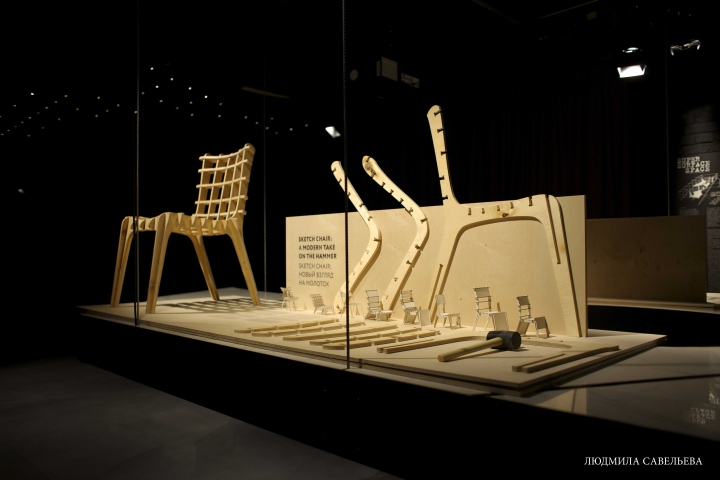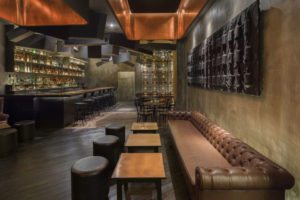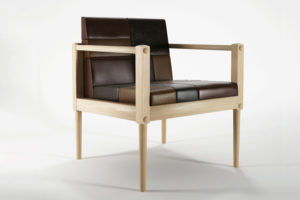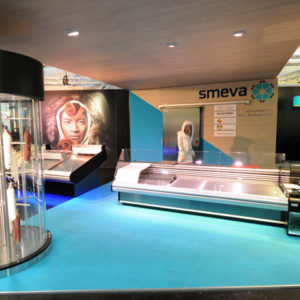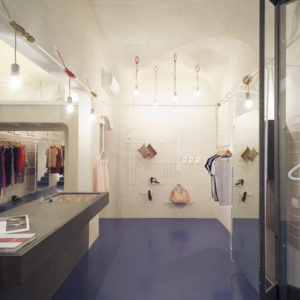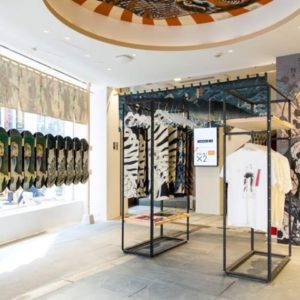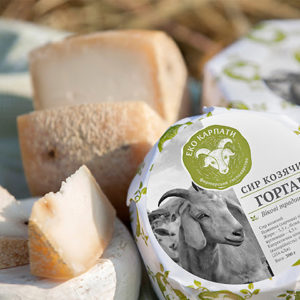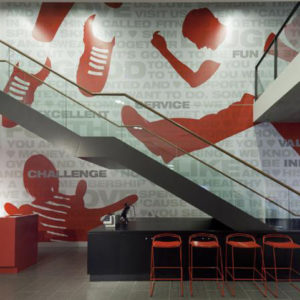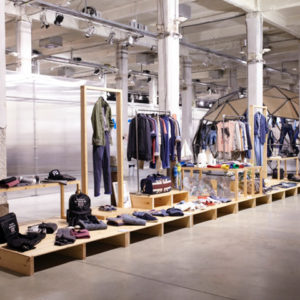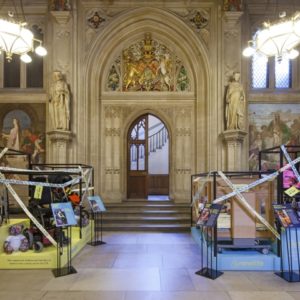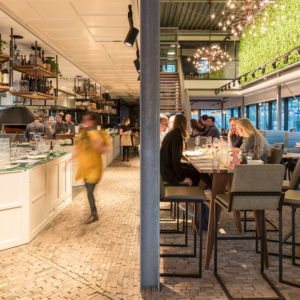
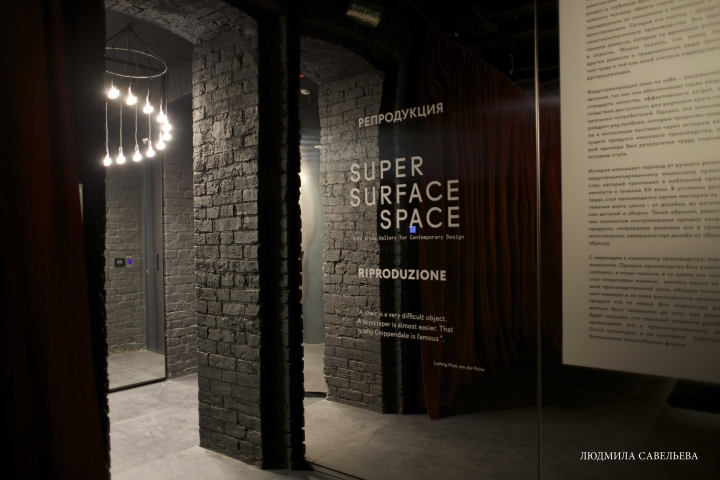

The ceramic tile. An inheritor of an ancient craft, it has its DNA in vernacular tradition that was passed on and perfected by generations of craftsmen. Today it’s a hi-end industrial product. This is one good example of a craft, that over time developed into industry, but there are more crafts, arts and other vernacular activities, that today are all more or less industrialised. Industrialisation per se is not necessarily a bad thing, as it ensures such things as quality standards, cost-effectiveness, and thus affordability for wide range of potential users. However, this phenomenon poses a number of challenges, that are illustrated in the exposition through the story of a ubiquitous object of mass production, that once used to be a product of a woodworker – a chair. The narrative reflects the transition from handicraft to industrial mass production, that happened in the furniture industry during XX century. A chair used to be a handicraft object, mastered by a single workman through all the production cycle – from design, to production of fragments and to assembly. This way a craftsman had control over product’s creation, continuously developing it in process of making, improving the design from item to item.

With onset of industrial production, the order have changed. Production process was taken away from a human and given to the machine, while human became an operator, doing one step in long chain of events, that required a limited skill and just a minimum of creative effort. One hundred percent of this effort has to be made to design a model feasible and suitable for mass production, before the machines started turning, thus stultifying development of design, and tieing it to the product cycle. It is no longer possible or feasible to produce forms of unlimited variety. The title of the exhibition, Reproduzione, literally means a high quality copy of a complex object, usually an image, that is less labour-intensive to produce, though keeping all the visual qualities of the original. Once the process of copying is set up, a copy follows another copy at a little cost of time and effort. This technical meaning is a good metaphor for industrial production. In biological sense, reproduction suggests a species reproducing itself, and this kind of organic reproduction is inseparable from another important process – the evolution. Evolution, is exactly what technical reproduction lacks. At the dawn of XX century new technology and materials introduced new syntax into furniture design. Bent birch, formed tubular steel, folded aluminium, moulded plastic boosted the evolution and search for the new form. But, as production technique was based on repetition of standard actions, once a feasible form was found, it was standardised and stopped evolving.
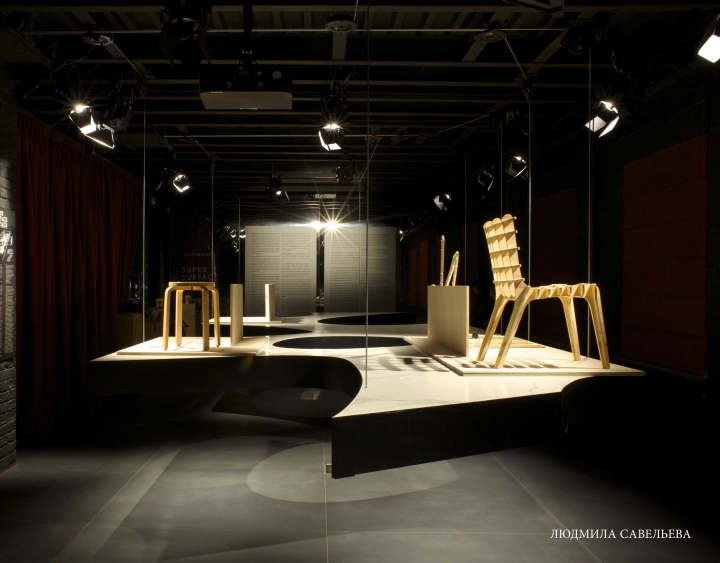
We end our narrative with an example of new technology shifting the industry back to organic reproduction. Computer-aided design and digital fabrication introduces new techniques, such as CNC milling, that allows to produce custom design with machine accuracy, bringing a designer back in control of the whole production cycle. Just as 100 years ago, we see the birth of new design language, that allows to produce forms, that were not possible or reasonable to be made before. And, as this production technique is not dependent on economies of scale, as a result of evolution it’s immune to standardisation.
